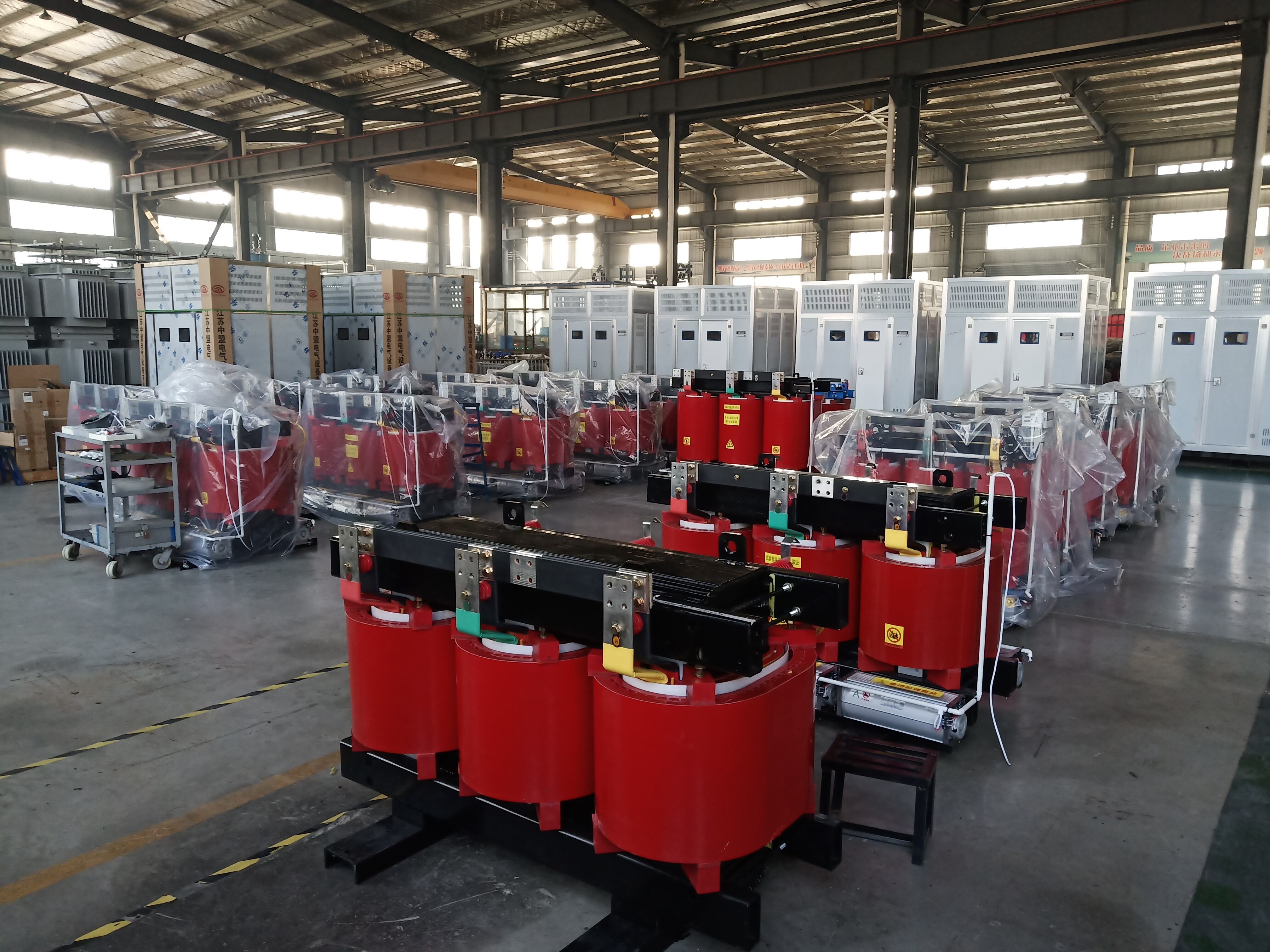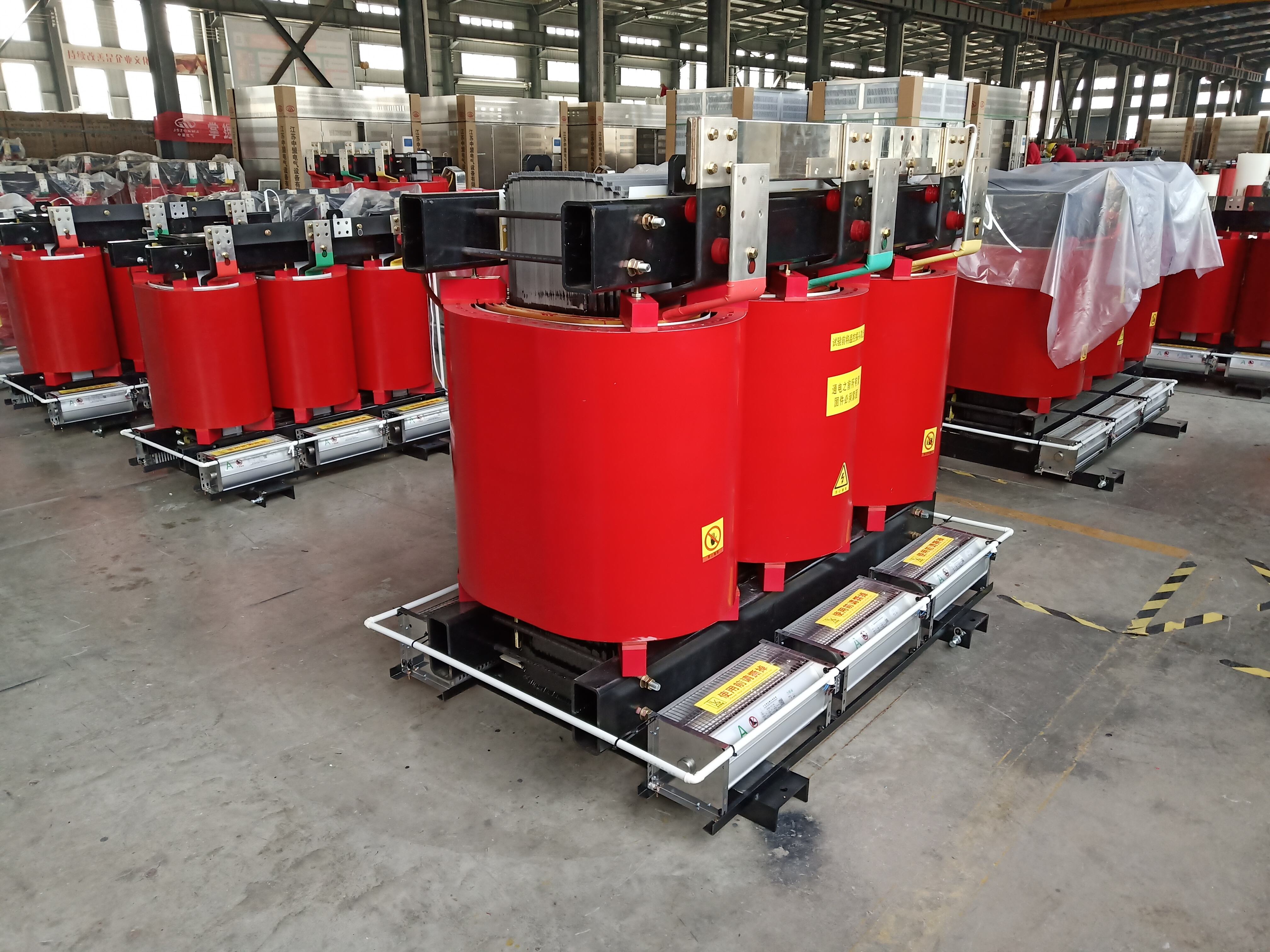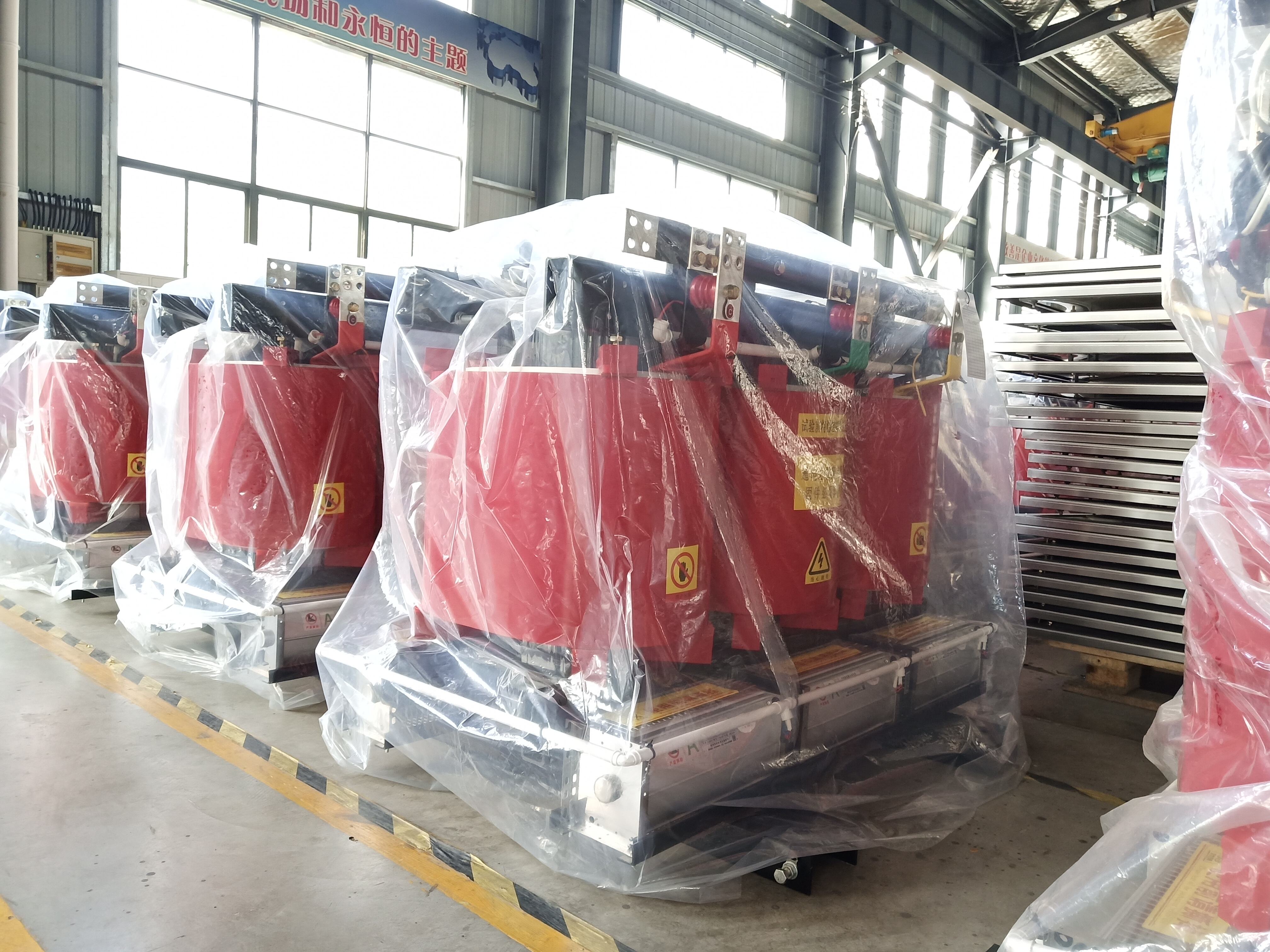substation type transformer
A substation type transformer is a critical power distribution component that serves as the backbone of electrical infrastructure systems. These specialized transformers are designed to handle high voltage transmission and efficiently convert electrical power for distribution to end users. Operating at the heart of power substations, these transformers manage the complex task of voltage transformation between transmission and distribution networks. They incorporate advanced cooling systems, sophisticated monitoring equipment, and robust protective mechanisms to ensure reliable operation. The core functionality involves stepping down high transmission voltages to more manageable levels suitable for local distribution networks. These transformers are engineered with multiple tap changers, allowing for voltage adjustment to maintain stable power supply despite fluctuations in the grid. They feature advanced insulation systems, typically utilizing high-grade mineral oil or modern synthetic alternatives, which serve both as a coolant and insulating medium. Substation transformers are equipped with comprehensive monitoring systems that track key parameters such as oil temperature, winding temperature, and load conditions in real-time. Their design prioritizes efficiency, with specialized core materials and winding arrangements that minimize energy losses during operation. These transformers are built to withstand extreme weather conditions and operate continuously for decades, making them a crucial investment in power infrastructure development.


